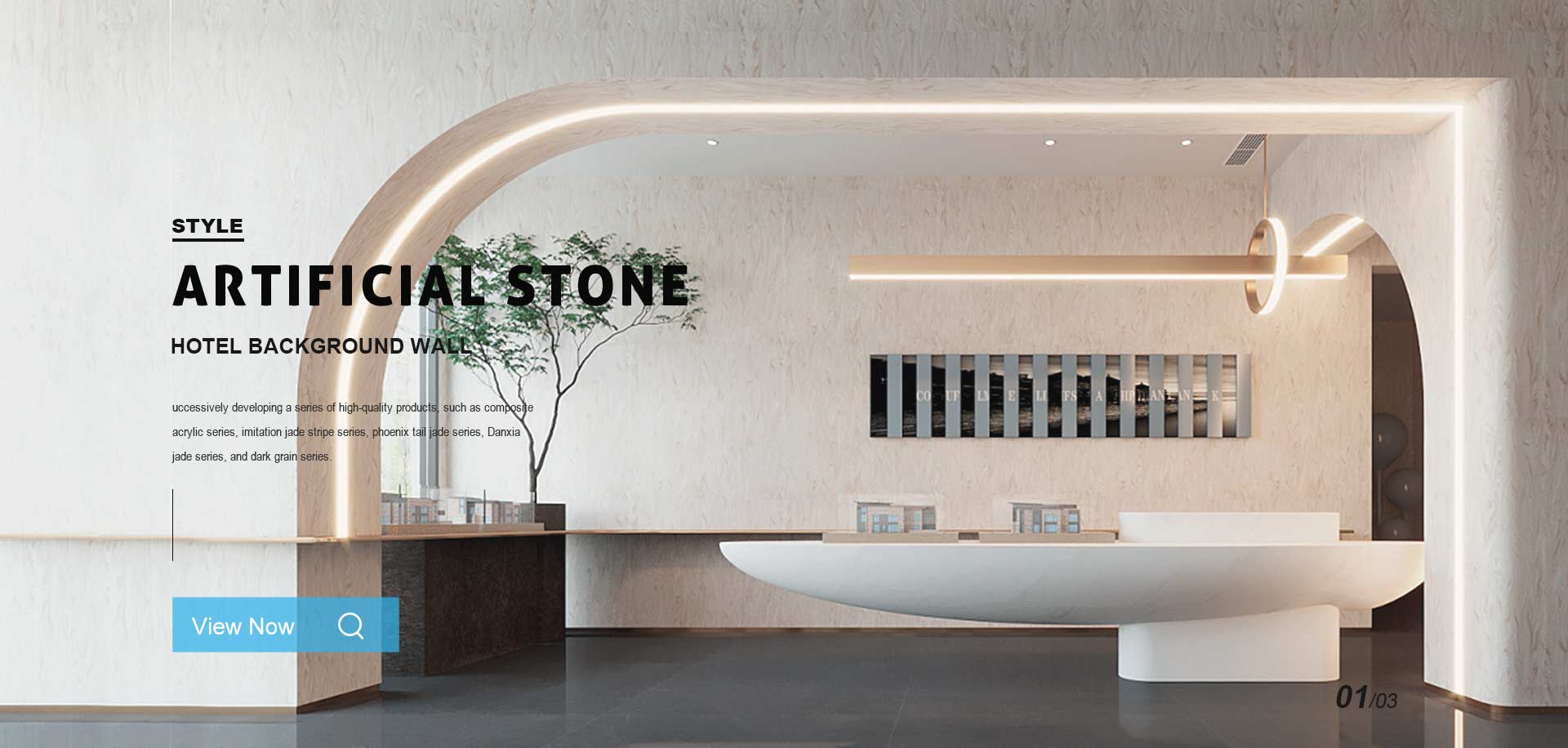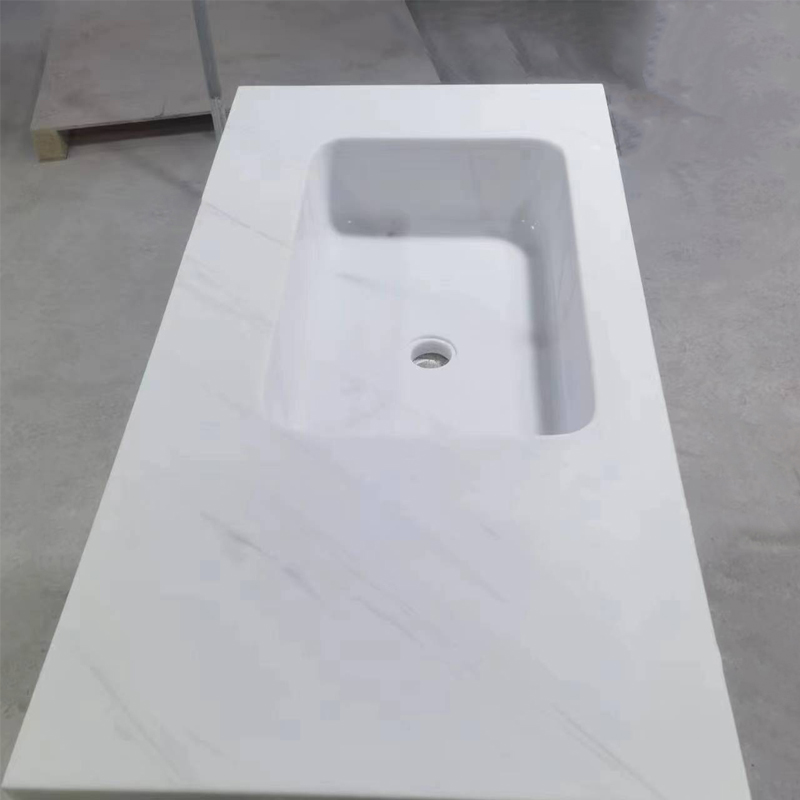
Artificial Stone vanity basins, also known as engineered stone or composite stone basins, are bathroom fixtures manufactured from a blend of natural stone particles (typically 93-95% quartz or marble) bound together with high-quality polymer resins (5-7%). This composition creates a material that combines the aesthetic appeal of natural stone with enhanced durability and consistency. The manufacturing process involves vacuum vibro-compaction under 50-100 tons of pressure at temperatures reaching 120-150°C, resulting in a non-porous surface with a water absorption rate of less than 0.02%.

Durability: With a Mohs hardness rating of 6-7 (compared to natural marble's 3-4), Artificial Stone resists scratches and chips better than many natural stones.
Heat Resistance: Can withstand temperatures up to 180°C without discoloration or damage.
Stain Resistance: The non-porous surface (porosity 0.15-0.20%) prevents liquid absorption, making it highly resistant to stains from cosmetics, hair dyes, and common bathroom products.
Hygienic Properties: The antibacterial surface inhibits bacterial growth with a 99.9% reduction rate for common bathroom bacteria.
Color Consistency: Unlike natural stone, artificial basins maintain uniform coloration with minimal veining variation (±2% color deviation between batches).
Weight: Typically 15-25% lighter than comparable natural stone basins, with an average weight of 18-30 kg depending on size.
Impact Resistance: Can withstand impact forces up to 1.5-2.5 kJ/m² without cracking.
Artificial stone vanity basins are versatile solutions for various residential and commercial settings:
Master Bathrooms: Their luxurious appearance (available in over 50 standard colors and custom options) makes them ideal for high-end residential projects. The typical installation requires a 50-60 cm countertop depth.
Guest Bathrooms: The low-maintenance characteristics (requiring only 5-10 minutes weekly cleaning) appeal to homeowners seeking convenience.
Powder Rooms: Smaller models (40-45 cm width) fit perfectly in compact spaces while maintaining elegance.
Hotel Suites: The material's ability to withstand 200+ cleaning cycles annually without degradation makes it perfect for hospitality settings.
Healthcare Facilities: The antibacterial properties meet ISO 22196 standards for hygienic surfaces in medical environments.
Restaurant Washrooms: Resistant to food stains and acidic cleaners (pH 2-12 safe range).
Office Buildings: The scratch-resistant surface maintains appearance despite high traffic (tested for 50,000+ usage cycles).
Outdoor Bathrooms: UV-stable formulations resist fading (less than ΔE 3.0 color shift after 5,000 hours of UV exposure).
Boutique Retail: Custom shapes (minimum radius of 25 mm) allow for unique designer installations.
Accessible Bathrooms: Can be fabricated with integrated support rails (load capacity 150 kg) for ADA-compliant installations.
For routine maintenance, use a soft microfiber cloth with pH-neutral cleaners (pH 7-8). Avoid abrasive pads (should not exceed 3,000 grit hardness) which can create micro-scratches. The optimal cleaning frequency is 2-3 times weekly to prevent soap scum buildup.
For stubborn stains:
Organic Stains: Use a 10% hydrogen peroxide solution, applied for no more than 5 minutes before rinsing.
Inorganic Stains: A paste of baking soda and water (ratio 3:1) can be gently rubbed with a non-scratch pad.
Hard Water Deposits: Commercial descalers with ≤15% citric acid concentration are effective when used monthly.
Install water softeners if hardness exceeds 120 ppm to prevent mineral buildup.
Use trivets for hot tools (above 80°C) despite the material's heat resistance.
Reapply sealant every 18-24 months (though not required for most artificial stone, it enhances gloss retention).
Maintain relative humidity below 70% to prevent potential resin expansion (less than 0.3% dimensional change at recommended humidity levels).
Inspect mounting brackets annually for proper torque (2.5-3 Nm for most models). Check for proper slope toward drain (2-3° gradient recommended). Avoid placing loads exceeding 25 kg on basin edges to prevent stress fractures.
After 7-10 years of heavy use, professional polishing can restore the surface to 90-95% of original gloss (removing 0.1-0.3 mm surface layer). This process typically uses diamond abrasives (800-3,000 grit) followed by resin-based polishing compounds.